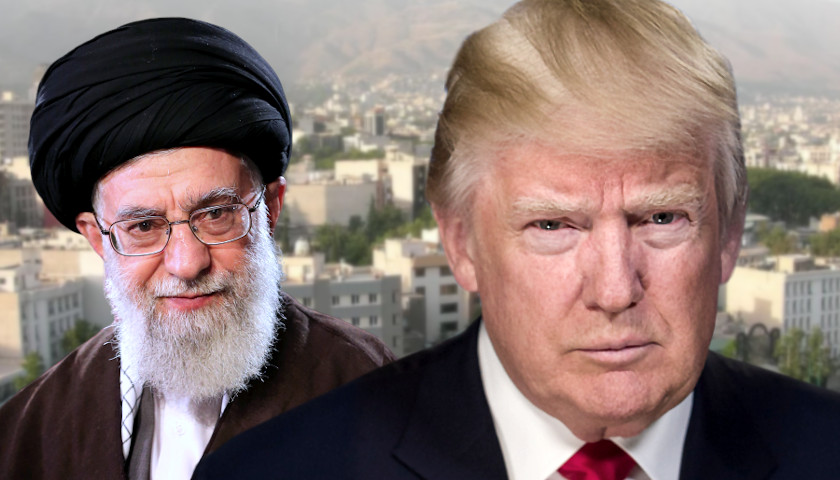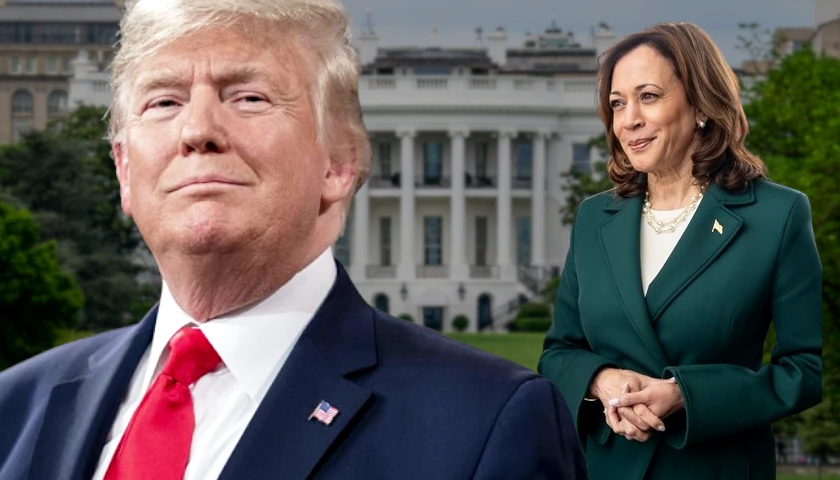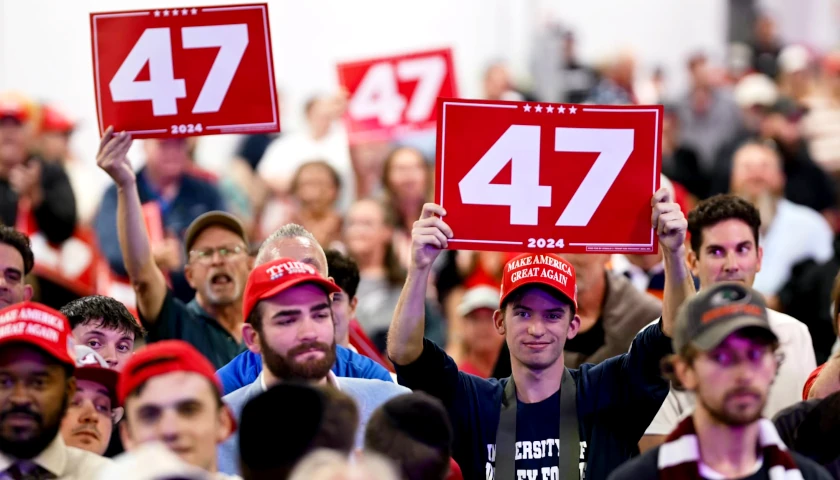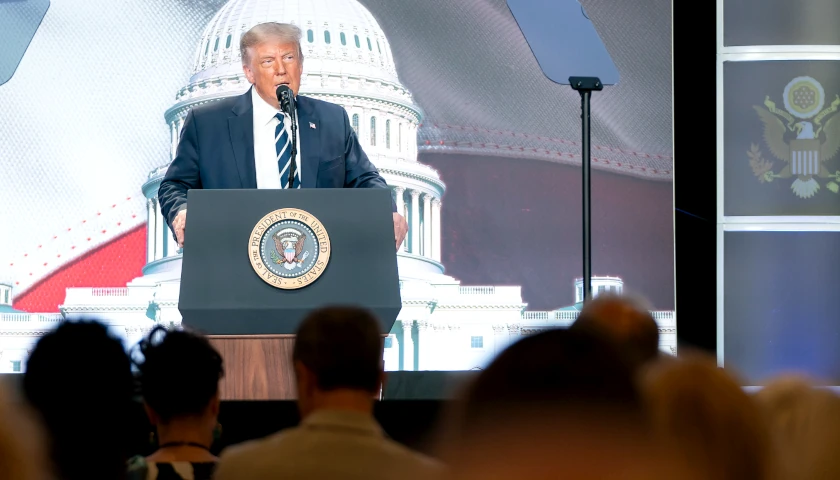by Wayne Lee
WASHINGTON – The U.S. placed more sanctions on Iran Friday in response to its missile attack on U.S. military troops in Iraq last week, and it threatened further action to weaken Iran’s economy if Tehran continues to carry out what it considers terrorist actions.
Treasury Secretary Steve Mnuchin said at a White House news conference the new sanctions target Iran’s construction, manufacturing, mining and textile industries. He said sanctions also target Iranian officials the U.S. maintains were involved in the January 8 missile strikes on Iraqi military bases housing U.S. troops.
Iran’s attacks came in retaliation to the U.S. killing of Iran’s top military commander.
The administration of President Donald Trump believes the sanctions will force Tehran to negotiate a new nuclear agreement, downsize its missile development program and end its support of militias in the Middle East.
Mnuchin announced the sanctions alongside Secretary Mike Pompeo, who told reporters “We want Iran to behave like a normal nation.”
Pompeo said the secretary of Iran’s Supreme National Security Council and the deputy chief-of-staff of Iran’s military were among the senior officials who were targeted with sanctions.
“We’re striking at the heart of the regime’s inner security apparatus,” Pompeo said.
Trump said Thursday that Qassem Soleimani, the Iranian general that he ordered killed with a drone strike, had been planning to blow up the U.S. Embassy in Baghdad.
Trump and his aides have drawn sharp criticism from opposition Democratic lawmakers and some Republicans for refusing to disclose what they say was the “imminent threat” that Soleimani posed at the time he was killed in the car he was riding in at the airport in the Iraqi capital last week.
But Trump, speaking at the White House Thursday, offhandedly remarked, “We did it because they were looking to blow up our embassy. We also did it for other reasons that were very obvious. Somebody died, one of our military people died. People were badly wounded just a week before.”
Trump administration officials had previously blamed Soleimani, the commander of Iran’s Revolutionary Guard Corp’s Quds Force, for killing American armed forces and the U.S. contractor Trump referenced, while fomenting unrest in Iraq and Lebanon. But they had balked at disclosing specific reasons for the killing of Soleimani. After background briefings this week, some lawmakers complained that evidence of an “imminent threat” posed by Soleimani was scant.
A senior U.S. Defense official said that when Trump was presented with options regarding Iranian threats, other proposals besides killing Soleimani would have involved the possibility of far more casualties.
Trump’s remarks came as U.S. officials say they believe Iran intended to kill American forces with its ballistic missile attacks on bases in Iraq early Wednesday as retribution for the drone attack on Soleimani. Their assessment followed Trump’s Wednesday White House address in which he concluded that Iran “appears to be standing down” from new conflict with the U.S.
On Wednesday, the top U.S. military leader, Joint Chiefs Chairman Gen. Mark Milley, told reporters at the Pentagon, “The points of impact were close enough to personnel and equipment and so on and so forth. I believe, based on what I saw and what I know, is that they were intended to cause structural damage, destroy vehicles and equipment and aircraft, and to kill personnel.”
No U.S. forces were injured by the 16 short-range ballistic missiles fired from three sites inside Iran, targeting two military bases in Iraq where U.S. armed forces are stationed. But Milley said, the absence of casualties “has more to do with the defensive techniques our forces used than it does with intent.” The senior Defense official said the U.S. had learned hours ahead of the attack that Iran was planning to launch it.
Milley said that Iran, in targeting the al-Asad air base in the western Iraqi desert, “put 11 large rockets with 1,000-pound, 2,000-pound (more than 900-kilogram) warheads in it, but we took sufficient defensive measures.”
Defense Secretary Mark Esper said damage at the al-Asad base was confined to “tentage, taxiways, the parking lot, a damaged helicopter, things like that. Nothing that I would describe as major. No friendly casualties, whether they’re U.S., coalition, contractor.”
Iran on Thursday disputed the U.S. accounts of the missile attacks and their intent.
Iranian state media quoted Brig. Gen. Amir Ali Hajizadeh, head of the Revolutionary Guard’s Aerospace Force, as saying, “We did not intend to kill. We intended to hit the enemy’s military machinery.” He repeated the Iranian government’s claim that “tens of people were killed or wounded.”
Trump, in a nationally televised address Wednesday from the White House, signaled the U.S. would not take military action in response to the attacks, but instead would impose the additional harsh economic sanctions against Iran to further hobble its economy. Iran fired the missiles into Iraq early Wednesday in retaliation for the Trump-ordered drone attack that killed Soleimani, whom the U.S. leader said “was responsible for some of the absolutely worst atrocities” in the Middle East.
The Democratic-controlled U.S. House of Representatives voted Thursday to curb further attacks on Iran absent congressional approval, with a similar measure under consideration in the Republican-majority Senate. But Trump could veto any such congressional resolution, with lawmakers unlikely to muster the necessary two-thirds majority to override such a move.
– – –
Photo “Ali Khamenei” by Khamenei.ir. CC BY 4.0.




